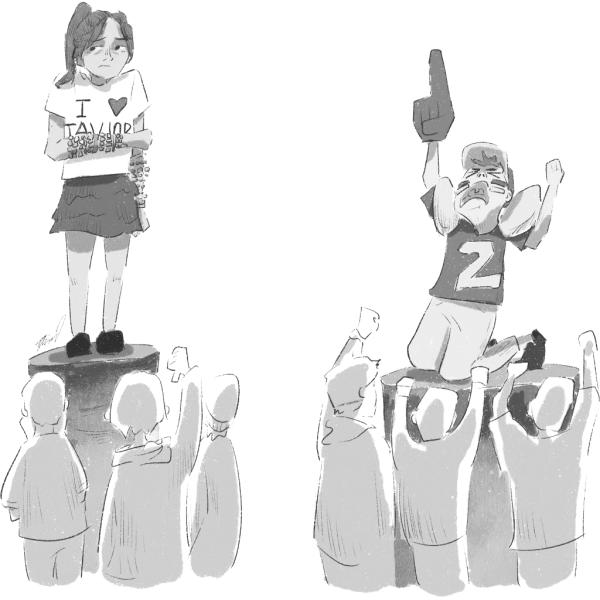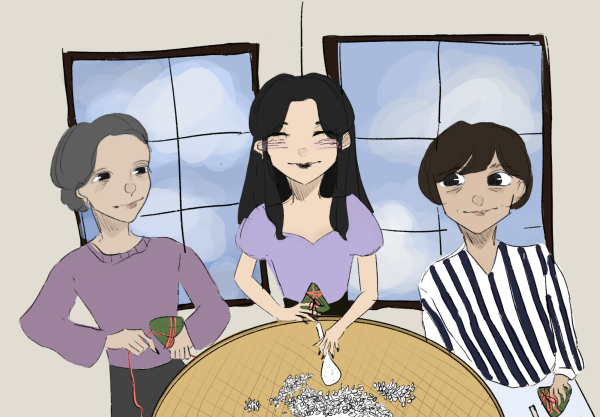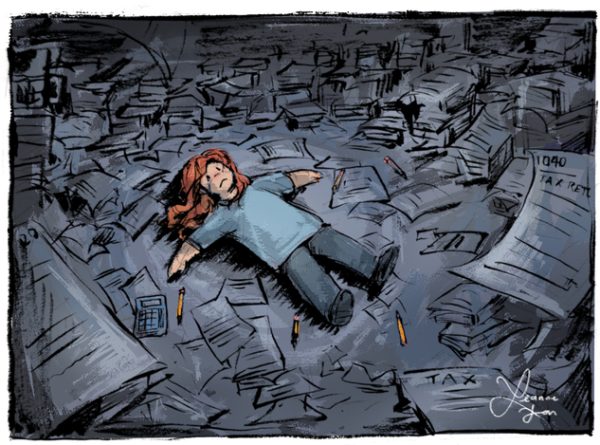Micro-trends are public nuisances
September 17, 2021
As technology developed over time, resources from all over the world became accessible to us in one click. With this came the introduction of online shopping, and people, predominantly teenagers, began consuming more and more as our exposure to internet fads and cheap prices enticed our pointer finger to click the purchase button.
Fast fashion companies took advantage of this: companies like Shein pushed more and more trends in shorter amounts of time to get more business, prompting teenagers to tear through trends at lightning-speed.
According to The Good Trade, fast fashion brands now produce around 50 “micro-seasons” every year. Before this, designers would only prepare for four seasons: winter, spring, summer, and autumn.
With these companies ready to deliver trendy and enticingly cheap clothes, it is easy to contribute to the overconsumption of clothes when all the clothing in the world is right at your fingertips. But as a consequence of buying clothes from a micro-trend, after it ends, consumers find themselves left with low quality, out-of-style items that decay in their closets until they are thrown out into the 17-million-ton mountain of landfilled clothing, which according to the EPA, is the amount of clothing that Americans throws away every year.
Yet, teenagers continue to over consume. We seem to possess a fear of being deemed unfashionable or being seen wearing the same clothes too often. We follow trends, whether we like them or not, due to external pressure.
There was a time when I could barely discern whether I genuinely liked a particular clothing item or if I was being influenced by social media. I’ve hopped on a few trends before but I always discovered that I hardly wore any of the clothes I purchased after the trend ended. For instance, I still have a once-trendy Amazon corset at the very depths of my drawers. Sometimes I’ll catch a glimpse of that gaudy, pea-green, Victorian print and wonder how I managed to persuade myself I’d wear that in public. But when girls online made it look so good, I was convinced it would become a staple in my wardrobe.
Eventually, I stepped away from fast fashion stores. I began to follow online creators whose distinct styles inspired my own and made a Pinterest board filled with the genres of clothing I wanted to imitate. I started to thrift and go to swap meets, opening my wardrobe to more unique pieces.
Through this process, I learned about myself, what I wanted to look like, who I wanted to be. I began investing in quality pieces that I could rewear and rework in multiple outfits.
I gained confidence in the knowledge that I looked good, felt good, and was doing good for the environment.







